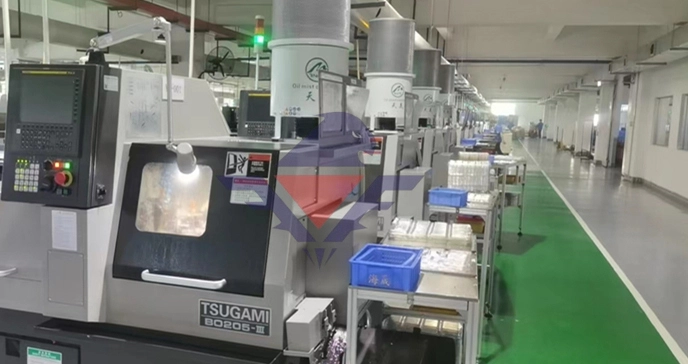Endotoxin Detection Kits for Accurate Bacterial Toxin Measurement

# Endotoxin Detection Kits for Accurate Bacterial Toxin Measurement
## Introduction to Endotoxins
Endotoxins are lipopolysaccharides (LPS) found in the outer membrane of Gram-negative bacteria. These toxic compounds can cause severe inflammatory responses when introduced into the bloodstream or tissues, making their detection crucial in pharmaceutical, medical device, and biotechnology industries.
## The Importance of Endotoxin Testing
Accurate endotoxin measurement is essential for:
Keyword: Endotoxin Assay Kits
– Ensuring product safety in pharmaceuticals
– Validating medical device cleanliness
– Monitoring water quality
– Controlling manufacturing processes
– Complying with regulatory requirements
## How Endotoxin Assay Kits Work
Modern endotoxin detection kits utilize the Limulus Amebocyte Lysate (LAL) test, which is based on the blood of horseshoe crabs. When exposed to endotoxins, the LAL forms a gel or produces color change, allowing for quantitative measurement.
### Types of Endotoxin Assay Kits
1. Gel-Clot Assay: The simplest form that detects the presence or absence of endotoxins
2. Chromogenic Assay: Measures endotoxin concentration through color development
3. Turbidimetric Assay: Detects endotoxin levels based on turbidity changes
4. Recombinant Factor C Assay: An animal-free alternative to traditional LAL tests
## Choosing the Right Endotoxin Detection Kit
When selecting an endotoxin assay kit, consider:
– Sensitivity requirements
– Sample matrix
– Throughput needs
– Regulatory compliance
– Cost-effectiveness
– Validation requirements
## Applications Across Industries
Endotoxin detection kits serve critical roles in:
Pharmaceutical manufacturing: Ensuring injectable drugs are endotoxin-free
Medical device production: Validating sterilization processes
Biotechnology research: Monitoring cell culture conditions
Environmental testing: Assessing water quality
## Best Practices for Accurate Results
To achieve reliable endotoxin measurements:
– Follow manufacturer instructions precisely
– Maintain proper sample handling procedures
– Use appropriate controls
– Validate the testing environment
– Regularly calibrate equipment
– Train personnel adequately
## Future Trends in Endotoxin Detection
The field continues to evolve with:
– Development of more sensitive assays
– Increased automation
– Alternative methods to reduce reliance on horseshoe crabs
– Integration with quality control systems
– Expansion of point-of-care testing options
## Conclusion
Endotoxin detection kits provide essential tools for ensuring product safety and regulatory compliance across multiple industries. By selecting the appropriate assay method and following best practices, organizations can achieve accurate, reproducible results in bacterial toxin measurement.